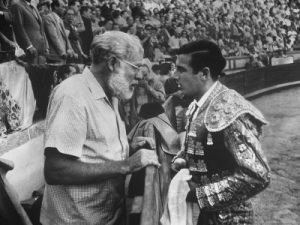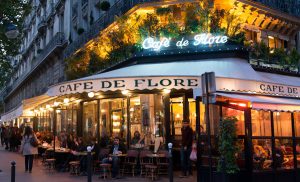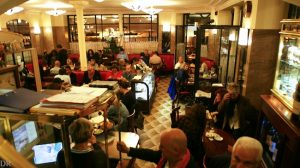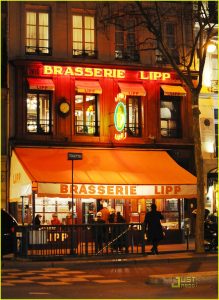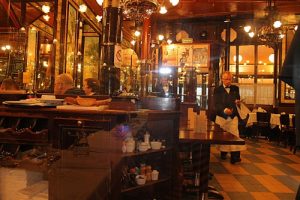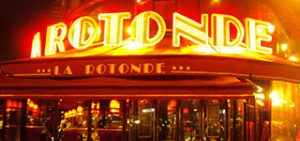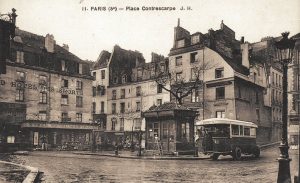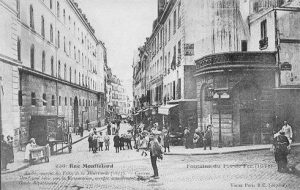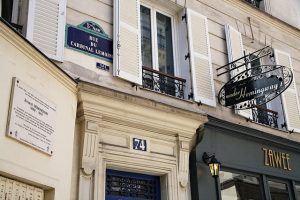A walk Hemingway often made was the one from his home in Rue du Cardinal Lemoine to the boulevards where the cafés are located where he used to do his writing. For this post I would like to take you along on the route from his home to Café de Flore on 172 boulevard Saint Germain.
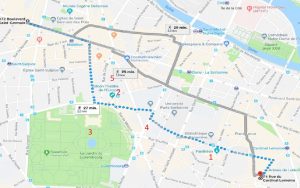
Knowing Hemingway (as far as that is possible) I would say he would take the blue route (map above), the route that would take him around the Pantheon (1) towards the Odeon (2) and the Jardin de Luxembourg (3). After all, this would bring him to the Boulevard Saint Michel (4) and very close to the Rue de L’Odeon (5) where the bookshop of Sylvia Beach – Shakespeare and Company was located (at number 12). I like to think he would pop in for a moment and say hi.
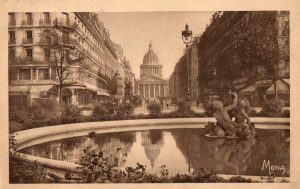
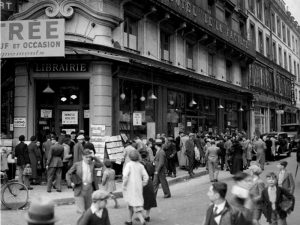
And I also think he would also prefer to see the Pantheon at every opportunity he would get. The alternative route (the grey one on the map below) would be a bit boring and Hemingway didn’t come to Paris to be bored.
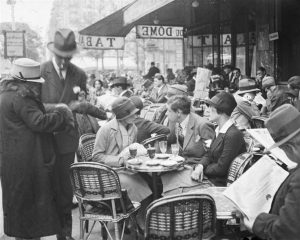

Further on he would walk a little along the gates of the Jardin de Luzembourg before taking a right into Rue de Seine. After walking that long street up to the boulevard Saint Germain he only would have to take a left to see the Café de Flore and go in. Conveniently for him the Deux Magots and Brasserie Lipp were also close by.


